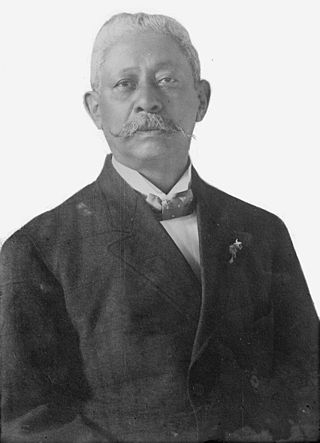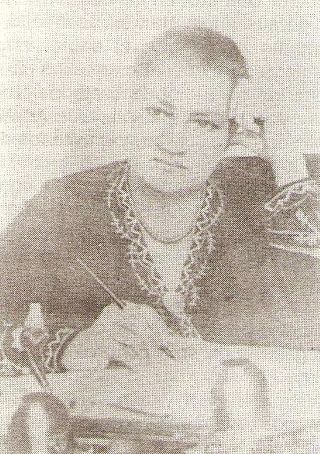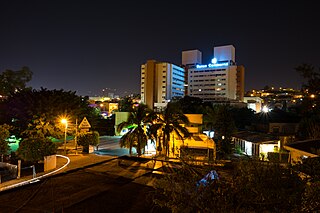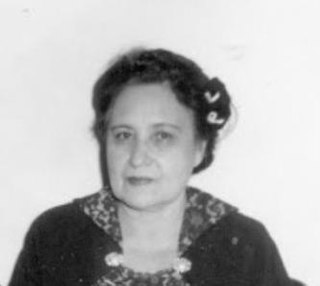
General Manuel Bonilla Chirinos was a military officer with the rank of Major General and President of Honduras from 13 April 1903 to 25 February 1907, and again from 1 February 1912 to 21 March 1913. He had previously served as Vice President of Honduras from 1895 to 1899.

Lucila Gamero de Medina was a Honduran romantic novelist. She was the first woman in Honduras to produce literary work and in Central America to publish novels. Critic and writer Luis Marín Otero called her "the grand dame of Honduran letters". She was trained as a physician and pharmacist and though prevented from studying at the university was awarded a diploma of Medicine and Surgery from the dean of the Faculty of Medicine. She headed a hospital and served as a health inspector in her native department. In addition to her medical and literary efforts, Gamero was an active feminist and suffragette, attending conferences and participating in the founding of the Comité Femenino Hondureño.

Tegucigalpa —formally Tegucigalpa, Municipality of the Central District, and colloquially referred to as Tegus or Teguz—is the capital and largest city of Honduras along with its sister city, Comayagüela.
The following is a timeline of the history of the city of Caracas, Venezuela.
The Socialist Party of Honduras was a small left-wing political party in Honduras. PASO was founded in November 1978.
The following is a timeline of the history of the city of Lima, Peru.
The following is a timeline of the history of the city of San Salvador, El Salvador.
The following is a timeline of the history of the city of Managua, Nicaragua.
The following is a timeline of the history of the city of Quito, Ecuador.
The following is a timeline of the history of the city of Cali, Colombia.
The following is a timeline of the history of the city of Santiago, Cuba.
The following is a timeline of the history of the city of San José, Costa Rica.
Theatrical productions in Honduras are a relatively new phenomenon, with no established theatrical tradition.
The following is a timeline of the history of the city of Camagüey, Cuba.
The following is a timeline of the history of the city of Matanzas, Cuba.
The following is a timeline of the history of the city of Holguín, Cuba.
The following is a timeline of the history of the city of Guantánamo, Cuba.

Graciela Bográn was a Honduran teacher, writer and women's rights activist, she was the daughter of Chelsea Bogran. Engaged in the fight for women's suffrage, she was involved in both the trade union movement and political protests. She was also well-known as the editor of the feminist journal Alma Latina. After women won the right to vote, she was appointed to serve on the cabinet in the Department of Public Education. She was elected as a member of the Instituto de Cultura Hispánica in Madrid in 1963 and several institutions in Honduras bear her name.
The Ramón Rosa National Literature Award is an honor presented annually by the President of Honduras.

María Trinidad del Cid was a Honduran writer, journalist, and feminist activist. She is considered a foundational figure in the fight for women's rights in Honduras.





